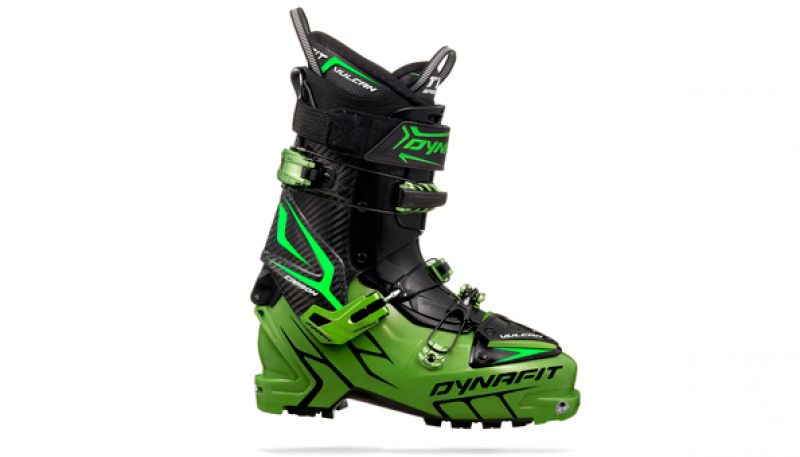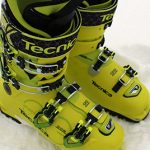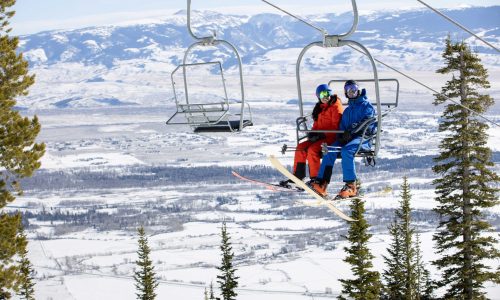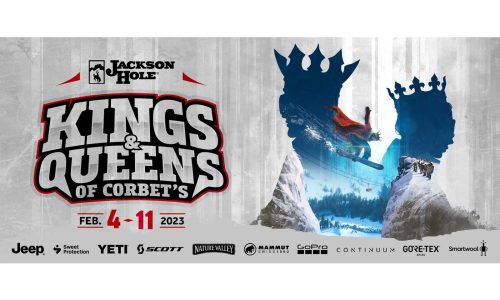Home » Gear Reviews » Ski & Snow » Ski Boots » Alpine Touring Boots » Lightweight Alpine Touring Ski Boots » Dynafit Vulcan (2012-13)
Dynafit Vulcan (2012-13) Review
October 18, 2012
 86
86 The Good
- Strength to weight ratio is very high
- Walk mode provides optimum tourability
- Very light and nimble for making quick work of bootpacks, or tackling long slogs
- The widened last accommodates more foot widths
The Bad
- Tricky to get in and out
- They’re not cheap
- Walk mode is activated by fully disengaging top buckle
- Liners are a bit chincy for such an expensive boot
No question—the Vulcan is an excellent AT boot that can tour and ski any and all backcountry conditions. It’s light and nimble, but very stiff—with a serious strength to weight ratio, and the boot has more everyday-user appeal than Dynafit's popular TLT5. We really liked this boot, but the steep, $1,000 price takes some thunder out of our applause.
We’ll just say it: Dynafit is killing it in really light boots that can deliver the goods on the downhill.
The Vulcan’s cousin—the TLT 5 was called “game changer” more times than I care to remember—I, too, made that claim, which I still stand behind. The Vulcan, however, is more user-friendly, with some subtle creature comforts. For starters, the last is wider and I immediately felt more comfortable in the forefoot. The cuff is a little higher too, and though the buckle system is a bit complicated to engage and disengage, it was still easier to negotiate than the TLT 5.
Disengaging the upper cuff and the powerstrap activates the walk mode. The tongue is also removable, just in case you want really versatile boots (think ice climbing, long slogs, or light jogging). I really appreciated how casual it was to stand around in these boots. The liners were still “meh,” but they work fine and they’re not uncomfortable.
The carbon upper cuff was plenty stiff for driving all but the biggest skis—like 195 Volkl Shiros (119mm underfoot) with Marker Dukes. It’s not that the Vulcan’s couldn’t. They just shouldn’t. There’s a difference. The carbon was strong and responsive, but the boot in general didn’t have that surplus of material to absorb the banging that inbounds conditions deliver, and I felt the reverberations all the way up my legs while steering through crappy conditions. (That said, if you wanted to put tech bindings on a ski like the Shiros and head into the backcountry, you’ll be in heaven.)



















